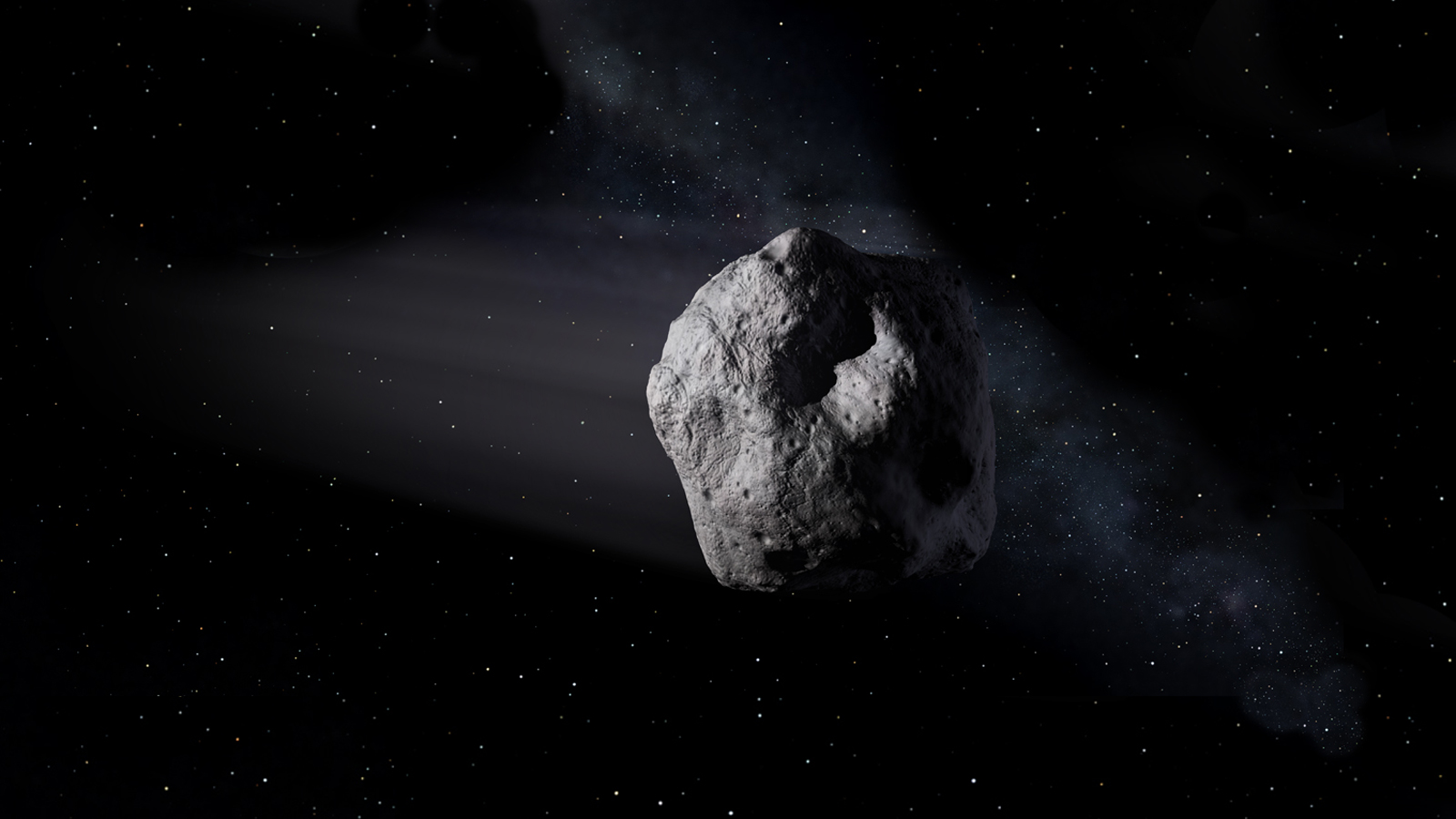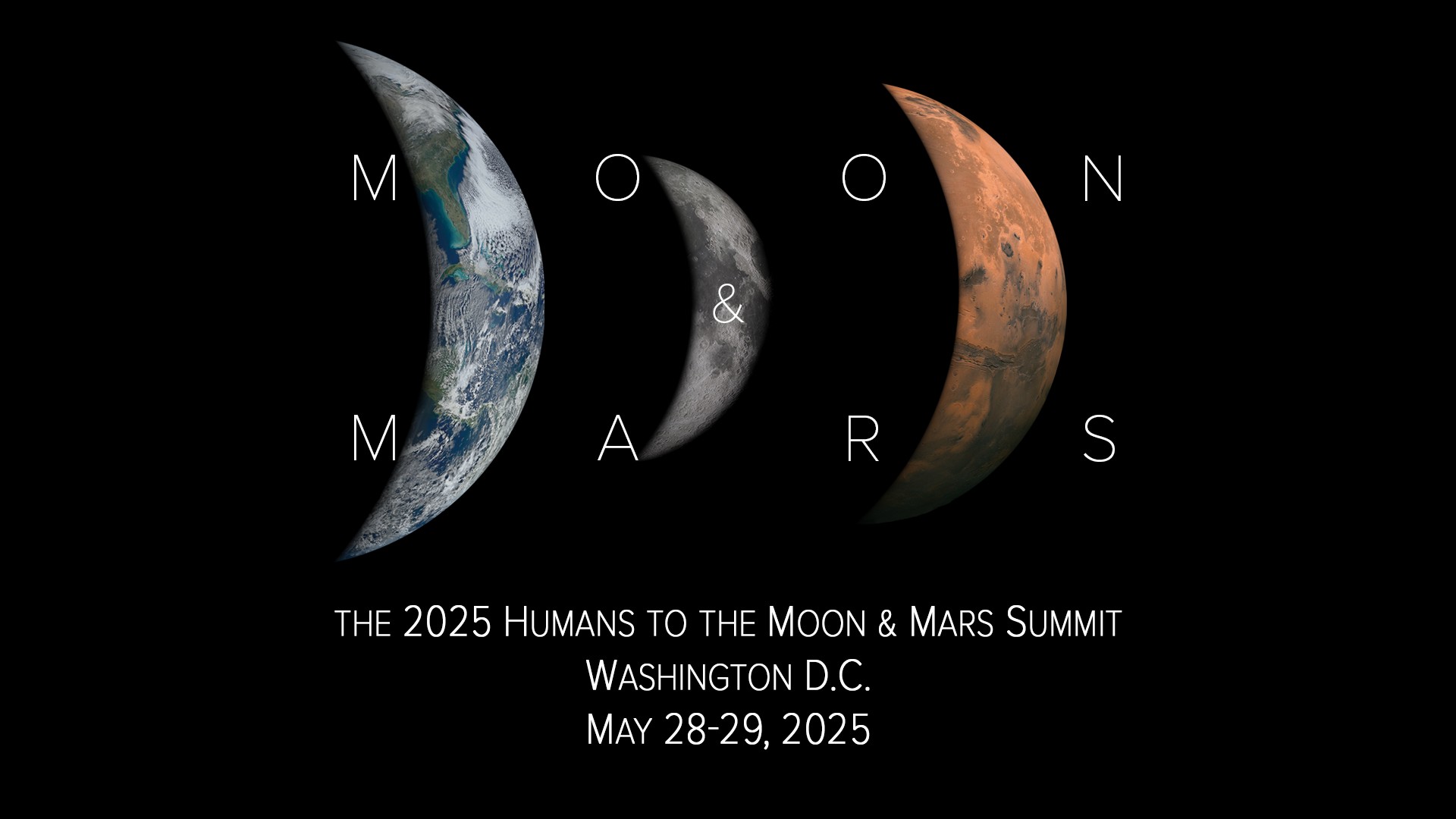Clinton: We Need to Map the Asteroid Threat

Democratic presidential front-runner Hillary Clinton has provided a rare glimpse into her thoughts on space policy, particularly the threat of our planet being hit by an errant space rock.
"We should, on a security basis, be mapping the meteorites and the meteors and all the other things that people — asteroids — that people worry about," she said during a town hall in New Hampshire on Thursday.
Typically, space exploration isn't a huge political talking point in the run-up to a general election, but the science policies that are implemented when a president is in office can be far-reaching and profound. According to Politico, during the meeting Clinton went on to discuss the importance of "mapping" asteroids, likening the astronomical effort with the historic mapping of the human genome and how that scientific achievement affected humanity and how it became a job creator, boosting the US economy.
"You know, back in the early '90s, our country invested in mapping the human genome, and my husband was president when it finally was revealed. Money had been put in by both Republican and Democratic presidents and Congresses because we wanted to know more about what this meant. And in the years since, hundreds and thousands of jobs have been created and many millions of dollars have been generated for our economy," she said.
RELATED: We've Found 15,000 Near-Earth Space Rocks
NASA is currently mandated by Congress to detect and track 90 percent of the near-Earth asteroids (NEAs) that are over 140 meters wide by the end of 2020. Though 15,000 NEAs have been found to date, it's thought that these represent only 27 percent of the space rocks over 140 meters wide in our solar system. Although smaller asteroids can cause damage on a local scale should they hit Earth (take, for example, the Chelyabinsk meteor strike that injured over a thousand people in 2013), asteroids over 140 meters could cause regional devastation with global implications.
Near-Earth objects (that include NEAs and near-Earth comets, or NECs) are defined as space objects that pass through Earth's orbital neighborhood. A sub-class of these that could pose a danger to Earth are known as potentially hazardous objects (PHOs). The only way to face this threat is to have more astronomical surveys to detect undiscovered space rocks and space missions — robotic and potentially crewed (in the case of NASA's Asteroid Retrieval Mission, or ARM) — to learn more about what these asteroids are made of. Any effort to advance our understanding of our solar system, our planet's place in it and the cosmos at large has tangible benefits to education, the economy and technological advancement. But surveys and missions cost money and, as NASA is a government agency, this means politics plays a huge role in getting funded.
Get the Space.com Newsletter
Breaking space news, the latest updates on rocket launches, skywatching events and more!
RELATED: Large-ish Meteor Hits Earth... But No One Notices
During the meeting, Clinton went on to discuss her interest in space, revealing that, when she was 14 years-old, she wanted to become an astronaut, but at the time NASA wasn't taking applications from aspiring female space-fliers.
"And I said, 'What do I have to do to be prepared to be an astronaut?' And they wrote back and said, 'Thank you very much, but we're not taking girls,'" Clinton remembered. "That, thankfully changed with Sally Ride and a lot of the other great women astronauts."
In 2008, when Barack Obama took control of the White House, one of his first priorities was to evaluate the Constellation Program, NASA's powerful rocket system that was to succeed the soon-to-retire space shuttle program. By 2010, the program was abandoned due to spiraling costs and the current program, the Space Launch System, took its place.
Should Clinton win Tuesday's election, it's unlikely we'll see many fundamental changes to the direction Obama has set out for NASA's space programs, but it will be interesting to see how big of a role she'll play in the direction of science and space exploration in the US for the next four to eight years.
Originally published on Seeker.
Join our Space Forums to keep talking space on the latest missions, night sky and more! And if you have a news tip, correction or comment, let us know at: community@space.com.
Ian O'Neill is a media relations specialist at NASA's Jet Propulsion Laboratory (JPL) in Southern California. Prior to joining JPL, he served as editor for the Astronomical Society of the Pacific‘s Mercury magazine and Mercury Online and contributed articles to a number of other publications, including Space.com, Space.com, Live Science, HISTORY.com, Scientific American. Ian holds a Ph.D in solar physics and a master's degree in planetary and space physics.
